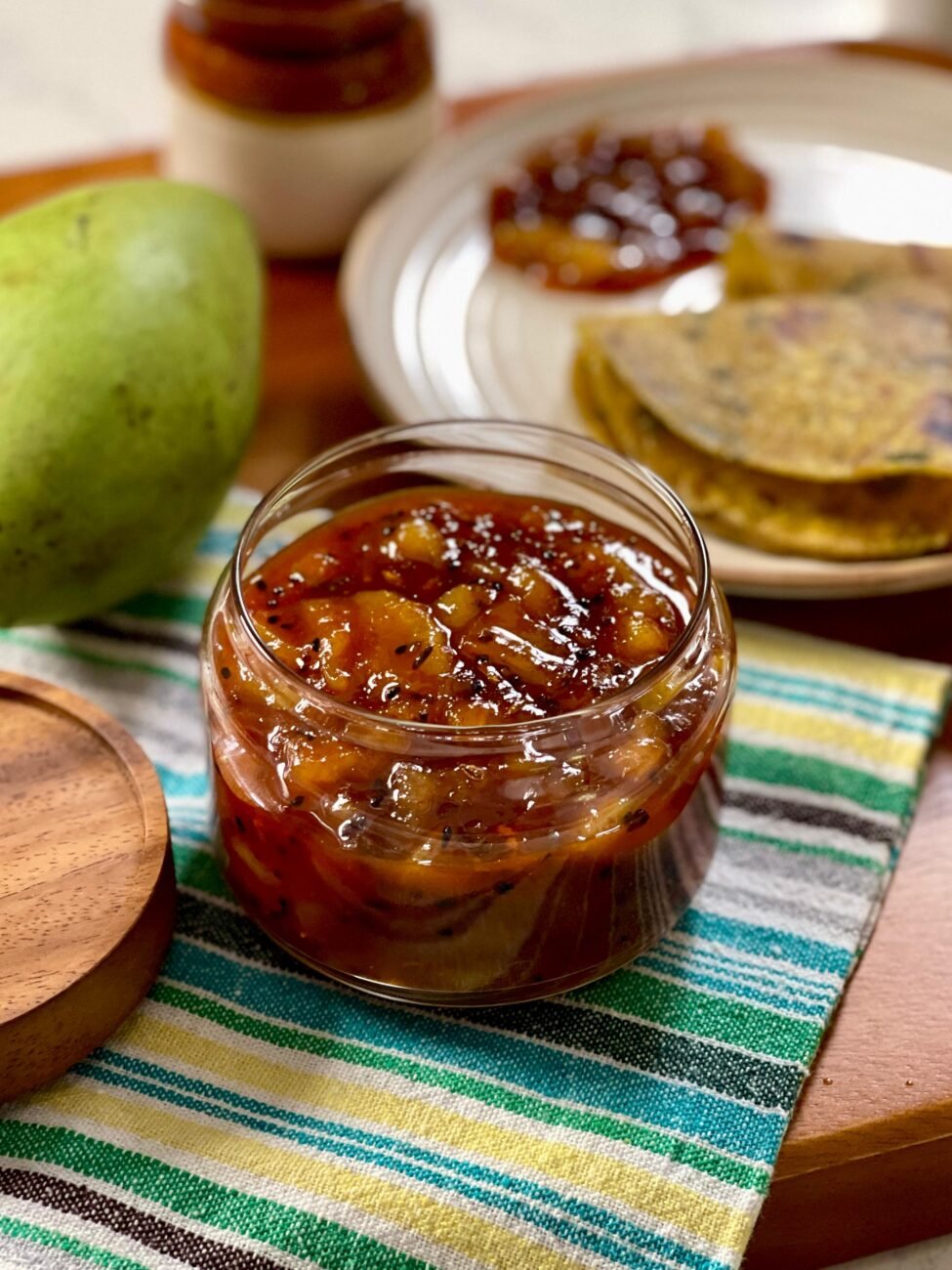Exploring Aam Ki Launji: A Sweet and Tangy Delight

Aam ki launji, often referred to as kacchi keri ki chutney, is more than just a condiment; it’s a beloved culinary tradition that embodies the rich flavors of Indian cuisine. This sweet and tangy mango pickle is a summer staple in numerous Indian households, where ripe mangoes are transformed into a delicious sauce that complements a variety of dishes. In this essay, we will explore the intricate details of aam ki launji, its versatility, its preparation, and its numerous health benefits, along with an extensive list of SEO keywords that can help promote this delightful recipe online.
The Essence of Aam Ki Launji
At its core, aam ki launji encapsulates the quintessential Indian flavors of sweetness and tanginess. Made primarily with ripe or slightly raw mangoes, sugar or jaggery, and a unique blend of spices, this condiment is a must-have accompaniment. Whether enjoyed with steamed rice, traditional roti, or flaky parathas, aam ki launji elevates the dining experience, adding a burst of flavor that tantalizes the taste buds. It also serves as a zesty topping for chaat, making it a versatile choice for any meal.
Health Benefits of Aam Ki Launji
Beyond its delightful taste, aam ki launji is packed with health benefits. Mangoes are brimming with vitamins A and C, contributing significantly to a robust immune system and overall health. These vitamins work as powerful antioxidants, combating free radicals and reducing oxidative stress. Furthermore, the spices included in the recipe—such as cumin, mustard seeds, and fenugreek—are known for their digestive properties, aiding in better metabolism and digestion.
A Step-by-Step Recipe
Creating aam ki launji is a relatively simple process, and here is a detailed recipe to guide you in making this charming condiment at home:
1. Ingredients Preparation: Start by peeling and cutting 500 grams of raw mango into medium-sized pieces. Set them aside for later use.
2. Heating the Pan: In a pan, heat 2 teaspoons of oil. This oil is essential for infusing flavors into the spices.
3. Adding Spices: Once the oil is heated, add ½ teaspoon each of saunf (fennel seeds), rai (mustard seeds), methi (fenugreek seeds), ajwain (carom seeds), and kalonji (black cumin). Incorporating a pinch of asafoetida (hing) adds depth to the flavor profile.
4. Cooking the Mango: Add the raw mango pieces to the pan along with salt to taste. Pour in ¼ cup of water, cover the pan with a lid, and allow the mixture to cook for about 10 minutes until the mango is half-cooked.
5. Integrating Sweetness and Spice: Stir in ¼ cup plus 2 tablespoons of jaggery and 1 tablespoon of Kashmiri red chili powder. You can adjust the amount of chili powder according to your spice preference.
6. Final Cooking Steps: Continue cooking over medium flame until the jaggery melts, and the mixture achieves a thick consistency. It’s crucial to remember that the launji will thicken further once it cools down.
7. Finishing Touches: Turn off the flame and add 1 teaspoon of black salt, mixing it well into the final concoction.
Now your aam ki launji is ready to be relished!
Conclusion
In conclusion, aam ki launji is not just a culinary delight but a celebration of the vibrant flavors of Indian cuisine. Its versatility, ease of preparation, and health benefits make it a must-try for anyone seeking to explore the culinary world. So, gather your ingredients, follow the recipe, and enjoy the magical combination of flavors that aam ki launji brings to your table!
